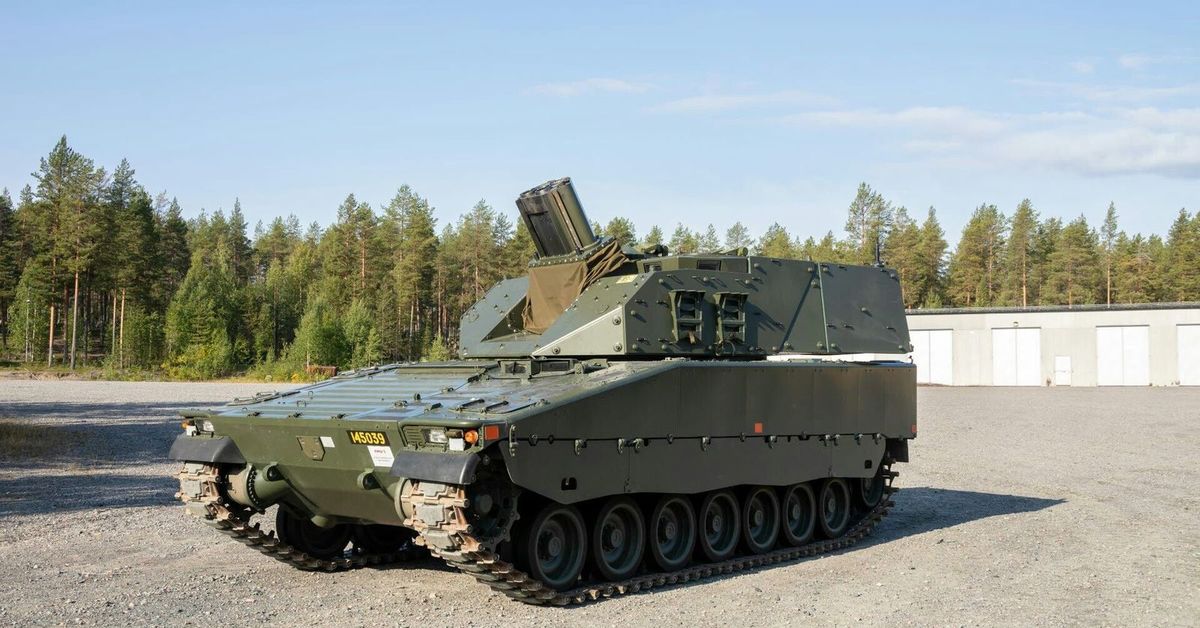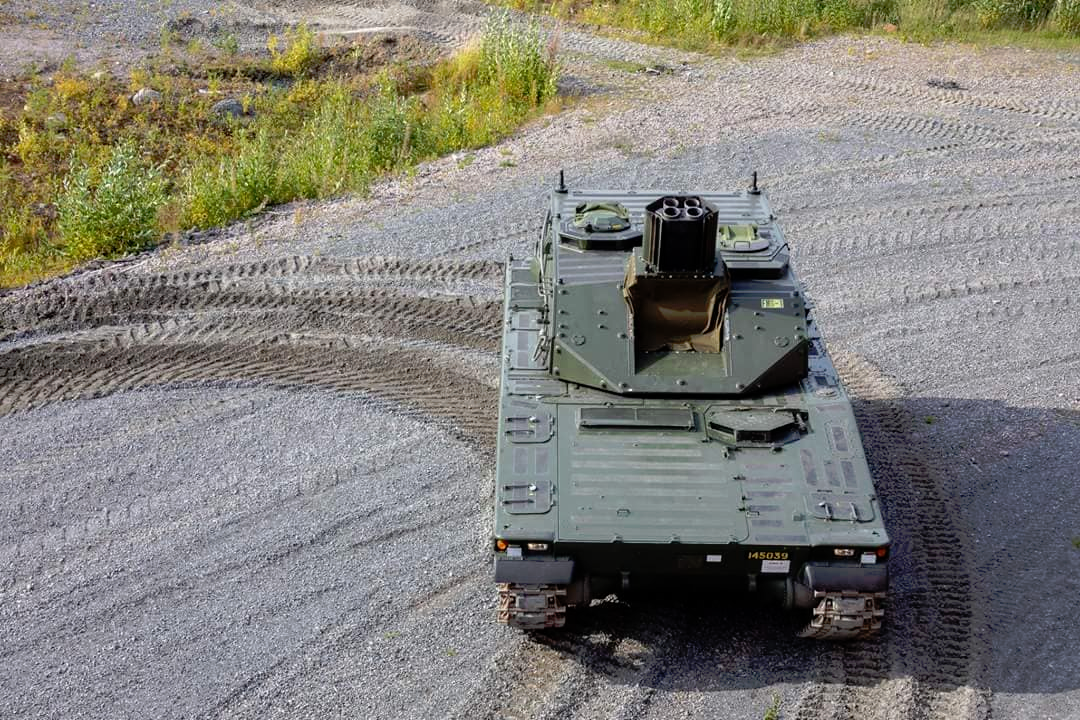If we refer to The Military Balance 2024 data, the Dutch army had, at the beginning of this year, 32 decommissioned CV9035NL infantry fighting vehicles and 117 operational BMPs of the same type.
It has now come to light that the Dutch military has found a rather interesting use for half of its fleet of stored CV90 BMPs – these vehicles will be returned to service to be converted into Mjolner self-propelled mortars, similar to those currently in use by the Swedish armed forces.

As specified in a publication by Janes, the plans for the Netherlands to acquire 120-mm Mjolner self-propelled mortars were revealed during the Defence iQ Future Mortar Systems (FMS) 2024 conference held in London on October 29-30, 2024.
It is expected that the Dutch version of the Mjolner will be designated as CV90 Granatkastarpansarbandvagn (Grkpbv), with a total procurement volume of 90 units, of which 17 will be manufactured based on the decommissioned CV9035NL infantry fighting vehicles.
The cost and timelines for this order are currently unspecified; however, the important aspect is the intention of the Dutch army to strengthen its artillery in the 120-mm mortar segment, from which the Dutch military has almost completely withdrawn.

The fact is that when the Netherlands acquired the German PzH 2000 self-propelled howitzers between 2004 and 2009, they simultaneously disbanded all three platoons of towed 120-mm mortars in the ground forces at that time.
As a result, only the 11th Airborne Brigade has 120-mm mortars in the Dutch army (18 units), while other units use 81-mm mortars (a total of 83 units available).
In turn, the Swedish army currently has 40 Mjolner systems based on the CV90, the main feature of which is that the turret of the vehicle houses two 120-mm mortars, which is an unusual solution.
The firing range is 13 kilometers, the carried ammunition is 56 rounds, the rate of fire is 6-9 rounds per minute in sustained mode, up to 16 rounds per minute at maximum rate of fire, and the crew consists of three personnel.